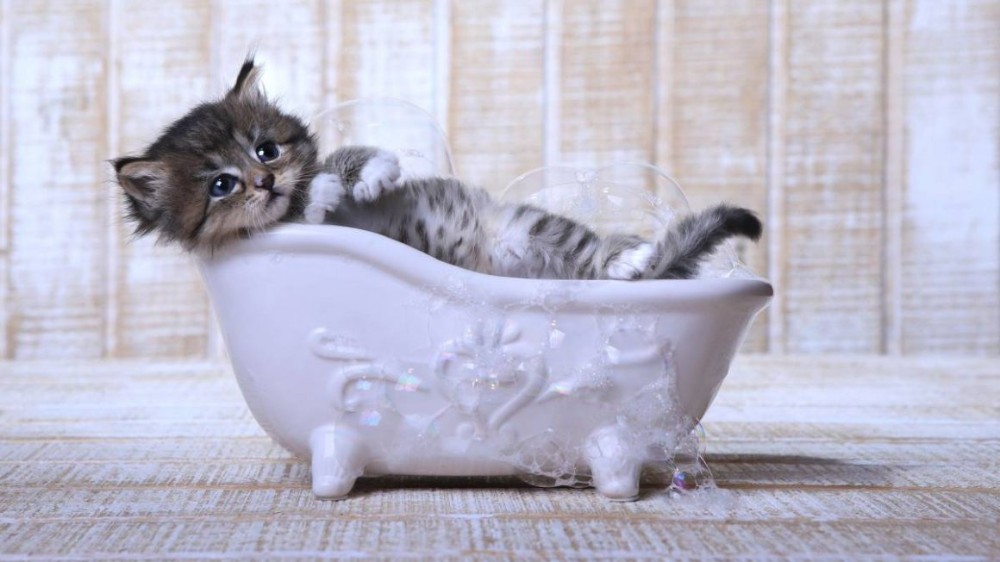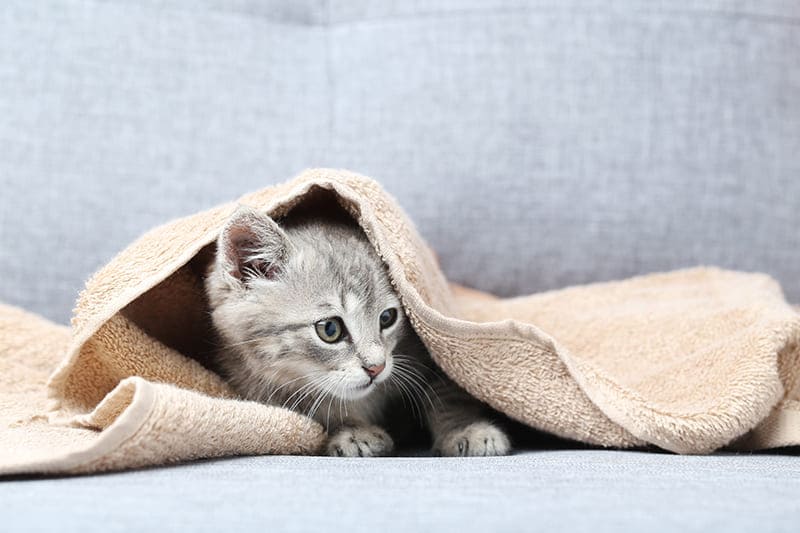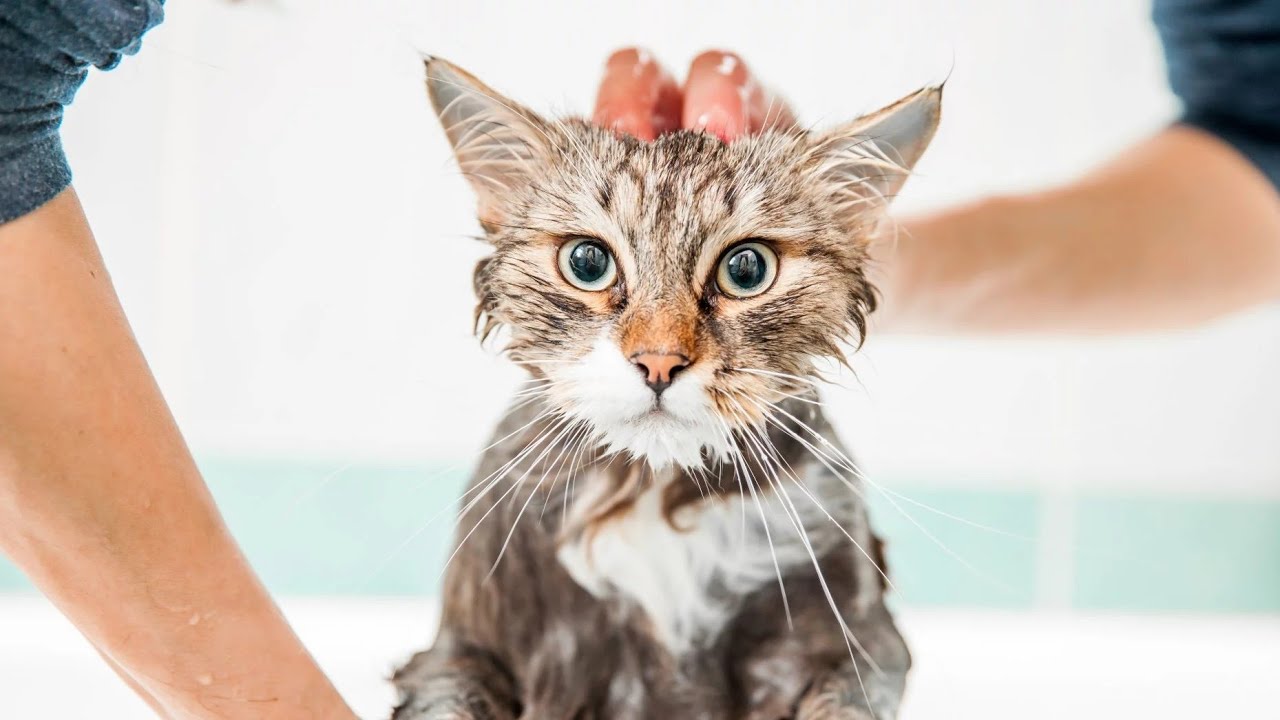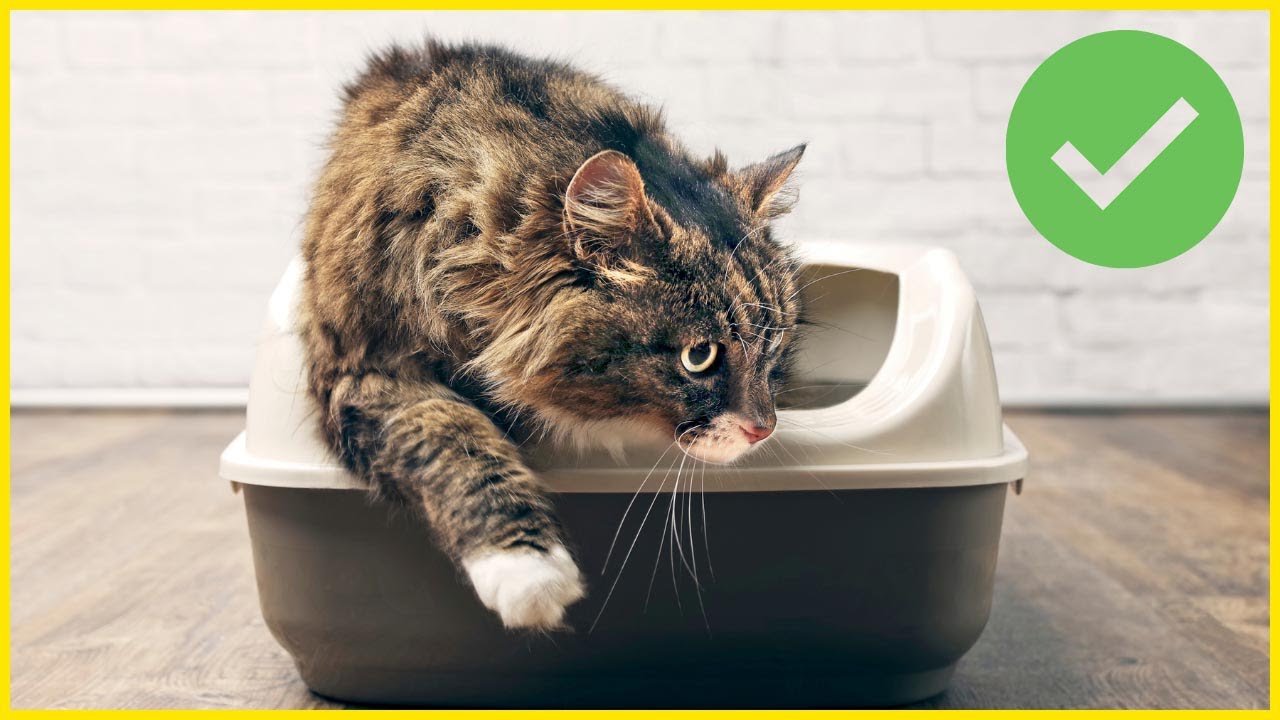Bathing a cat can feel like a high-stakes mission—claws, squirming, and a notorious aversion to water make it no easy task. Yet, with the right techniques, it’s a rewarding way to ensure your cat’s coat stays healthy, clean, and free of irritants. In 2025, pet care innovations like eco-friendly shampoos and calming aids make baths more manageable, turning a challenge into a bonding opportunity. Whether your cat needs a bath for dirt, fleas, or allergy relief, this guide will help you navigate with confidence.
This concise guide provides a clear, step-by-step method for bathing a cat, perfect for beginners and seasoned owners. it’s designed to empower cat owners worldwide. Drawing from veterinary expertise and 2025 pet care trends, I’ll ensure bath time becomes a positive experience for you and your feline friend.
Why Bathe a Cat?
Cats are expert self-groomers, but baths are sometimes essential to:
-
Keep Fur Clean: Remove dirt, grease, or sticky messes (e.g., mud, sap).
-
Support Health: Treat fleas, skin issues, or matted fur.
-
Reduce Allergens: Lower dander for allergy-prone households.
-
Strengthen Bonds: Build trust through gentle handling.
Most cats need baths every 4–6 weeks. Hairless breeds (e.g., Sphynx) may require weekly baths, while long-haired breeds (e.g., Persians) benefit from regular cleaning to prevent matting. Consult a vet if your cat shows skin problems, excessive scratching, or strong resistance to bathing.
Preparation: Setting the Stage for a Smooth Bath
Thorough preparation minimizes stress and keeps both you and your cat safe.
Gather Supplies
-
Cat-Safe Shampoo: Opt for Earthbath or Burt’s Bees (human shampoos disrupt feline skin pH).
-
Non-Slip Mat: Prevents slipping in the sink or tub.
-
Towels: 2–3 soft towels for drying.
-
Slicker Brush: Removes mats and loose fur pre-bath.
-
Cup or Sprayer: For gentle rinsing.
-
Cotton Balls: Protects ears from water.
-
Treats: Churu, tuna, or freeze-dried salmon for rewards.
-
Optional: Feliway spray or grooming hammock for nervous cats.
Tip: Set up in a quiet, enclosed space (e.g., bathroom) to keep your cat calm.
Prepare Your Cat
-
Trim Nails: Clip 1–2 days prior with a cat nail clipper, avoiding the quick.
-
Brush Fur: Detangle mats and remove loose hair to ease washing.
-
Introduce Bath Area: Let your cat explore the sink or tub over a few days, rewarding with treats.
Choose the Right Time
Bath when your cat is relaxed, like after playtime or a meal. Avoid stressful times (e.g., vet visits, new pets).
Table 1: Steps to Bathe a Cat
|
Step |
Action |
Tips |
|---|---|---|
| 1 |
Fill sink/tub with 3–4″ lukewarm water (37–38°C). |
Test with wrist; avoid hot/cold. |
| 2 |
Gently place cat in water, supporting body. |
Hold scruff lightly; speak softly. |
| 3 |
Wet fur from neck to tail, avoiding face. |
Use cotton balls in ears; skip eyes. |
| 4 |
Massage small amount of shampoo into fur. |
Focus on dirty spots; don’t overdo. |
| 5 |
Rinse thoroughly with lukewarm water. |
Check underbelly/legs for suds. |
| 6 |
Wipe face with damp washcloth (no shampoo). |
Be gentle; avoid eyes/ears. |
| 7 |
Dry with towel, blotting gently. |
Use warm room; skip hairdryers. |
| 8 |
Reward with treats; check for stress. |
Brush long-haired cats; monitor skin. |
Note: Bathing takes 10–20 minutes; pause if your cat is distressed.
Stay calm—your cat mirrors your mood!
 Luna stays calm during her bath with gentle care.
Luna stays calm during her bath with gentle care.
Table 2: Bathing Tools & Tips
|
Tool |
Purpose |
Tips |
|---|---|---|
|
Cat Shampoo |
Cleans fur safely. |
Use Earthbath; test first. |
|
Non-Slip Mat |
Prevents slipping. |
Ensure grip. |
|
Slicker Brush |
Removes mats. |
Gentle on long fur. |
|
Cup/Sprayer |
Rinses gently. |
Low pressure; skip face. |
|
Cotton Balls |
Protects ears. |
Insert loosely; remove after. |
|
Towels |
Dries fur. |
Blot; use 2–3. |
|
Feliway Spray |
Eases stress. |
Spray 15 min prior. |
|
Treats |
Rewards behavior. |
Use Churu or tuna. |
Note: Quality tools simplify bathing.
Treats make baths a treat for your cat!

Milo enjoys a treat, clean and happy after his bath.
Expert Tips for Success
Based on veterinary advice and 2025 pet care trends:
-
Start Early: Get kittens used to baths at 8–12 weeks; adults adapt with patience.
-
Reward Generously: Use treats before, during, and after to create positive associations.
-
Stay Calm: Cats sense stress; keep your voice soft and hands steady.
-
Protect Yourself: Wear long sleeves or gloves; have a towel to wrap a squirming cat.
-
Test Shampoo: Apply a small amount 24 hours prior to check for allergies.
-
Pause if Needed: Stop if your cat panics (e.g., hissing, biting) to maintain trust.
-
Try Alternatives: Use waterless shampoos or wipes for water-averse cats.
Success Stories: Bathing Made Simple
Case Study 1: A Persian’s Turnaround
Name: Sarah, Cat Owner
Cat: Milo, 5-year-old Persian
Journey: Milo’s long fur matted, but he scratched during baths. Sarah’s vet suggested Burt’s Bees shampoo and a grooming hammock. She spent a week acclimating Milo to the sink with treats. During the bath, she used a sprayer, stayed calm, and gave Churu rewards. After drying, Milo purred during brushing. Baths every 6 weeks are now easy, keeping his coat flawless.
Insight: Slow exposure and rewards work wonders.
Case Study 2: A Rescued Tabby’s Fresh Start
Name: Alex, Cat Owner
Cat: Luna, 2-year-old Tabby
Journey: Rescued Luna had fleas and dirt. Alex used a Feliway diffuser and non-slip mat. With a friend’s help, he applied Advantage flea shampoo, rinsing gently. Post-bath, Luna got tuna and relaxed in a towel. Baths every 8 weeks keep her coat shiny, and she’s now calm during the process.
Insight: Calming aids and teamwork make it manageable.
Challenges and Solutions
Challenge 1: Cat Resistance
Scratching or escaping is common. Solution: Use a grooming hammock; distract with treats.
Challenge 2: Water in Ears/Eyes
Water risks infections. Solution: Cotton balls in ears; washcloth for face.
Challenge 3: Slippery Sink
Slick surfaces scare cats. Solution: Secure a non-slip mat.
Challenge 4: Post-Bath Stress
Hiding or over-grooming may occur. Solution: Offer a quiet space with Feliway; see a vet if needed.
Challenge 5: Flea Treatments
Fleas need special shampoos. Solution: Use vet-approved products; follow with preventatives.
2025 Pet Care Trends
Modern tools enhance cat baths:
-
Eco-Friendly Shampoos: Earthbath and Burt’s Bees use safe, natural ingredients.
-
Calming Aids: Feliway diffusers and collars ease anxiety.
-
Grooming Options: Waterless shampoos and wipes suit bath-resistant cats.
-
Pet Apps: PetDesk offers grooming reminders and vet advice.
Bathing as Bonding
Bathing isn’t just about hygiene—it’s a chance to connect. Gentle touches, soft words, and treats build trust, turning a challenge into a shared moment. Sarah and Milo’s story shows how patience creates a lasting routine. With 2025’s grooming innovations, cat baths are easier, fostering healthier, happier felines.
Pitfalls to Avoid
-
Human Shampoo: Irritates skin; use cat-safe products.
-
Rushing: Hurrying stresses cats; take 20–30 minutes.
-
Skipping Prep: Untrimmed nails or mats complicate baths; prep ahead.
-
Over-Bathing: Dries skin; limit to every 4–6 weeks.
-
Ignoring Distress: Hissing or swatting means stop; try later.
Ready to bathe your cat in 2025? Start now:
-
Get Supplies: Buy cat shampoo, non-slip mat, and treats.
-
Prep Your Cat: Trim nails, brush fur, introduce sink.
-
Test Bath: Use minimal water to build confidence.
Make bath time a breeze. Begin today!
Frequently Asked Questions
-
Why does my cat need a bath?
To clean dirt, treat fleas, or reduce dander; most need baths every 4–6 weeks. -
Can I use human shampoo?
No, it harms skin; use cat-safe shampoos like Earthbath. -
How often should I bathe my cat?
Every 4–6 weeks; weekly for hairless breeds. -
What if my cat hates water?
Use a hammock, Feliway, or waterless shampoos; go slow. -
How do I protect ears and eyes?
Cotton balls in ears; washcloth for face. -
Can I use a hairdryer?
Only if accustomed; low heat, keep distance. -
What if my cat scratches?
Trim nails; wear gloves or use towel. -
How do I dry my cat?
Blot with towels in warm room; brush long-haired cats. -
What if my cat’s stressed after?
Offer quiet space with Feliway; see vet if needed. -
Can I bathe a kitten?
Yes, after 8 weeks, with kitten-safe shampoo.
Conclusion: A Cleaner Cat, A Deeper Bond, A Brighter Future
Bathing your cat in 2025 is far more than a grooming task—it’s an opportunity to nurture your pet’s health, strengthen your relationship, and create lasting memories. With careful preparation, modern tools like eco-friendly shampoos and Feliway calming aids, and a patient, loving approach, you can transform bath time from a potential struggle into a cherished routine. The stories of Milo and Luna illustrate that even the most reluctant cats can learn to tolerate, and even enjoy, baths with time, trust, and a few well-timed treats.
Beyond cleanliness, each bath is a moment to show your cat care and attention, reinforcing the bond that makes pet ownership so special. In an era where pet wellness is evolving with sustainable products and stress-reducing innovations, you’re equipped to make grooming a seamless part of your cat’s life. Whether you’re tackling a muddy coat, a flea issue, or simply keeping your feline friend fresh, every bath is a step toward a healthier, happier cat. Embrace this journey with confidence, celebrate the small victories—like a purr during drying or a calm moment in the sink—and take pride in giving your cat the care they deserve. Your feline companion will thank you with every glossy coat and contented cuddle. Start today, and let bath time become a highlight of your shared adventure!






